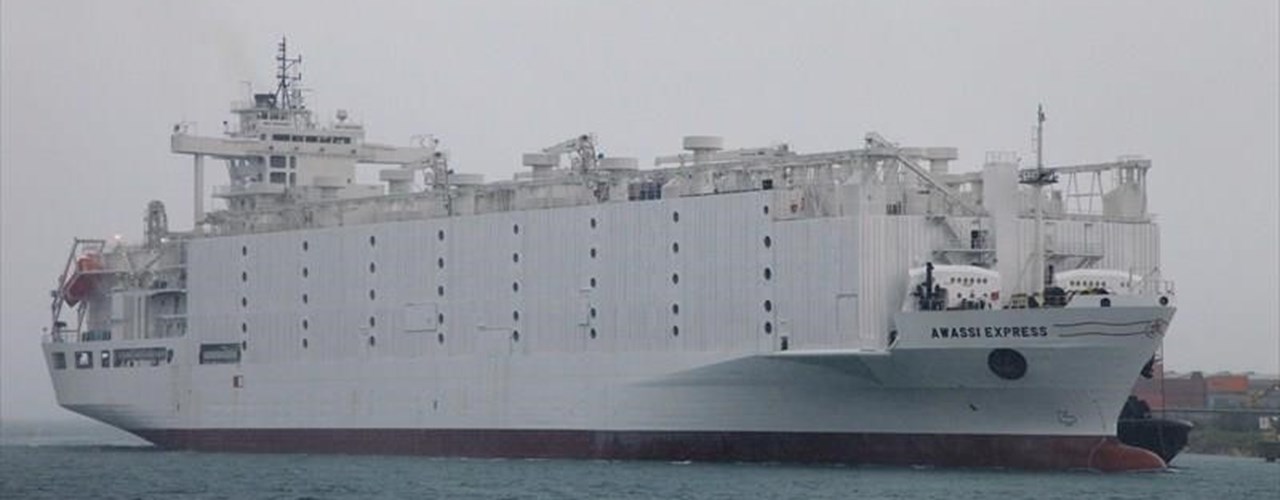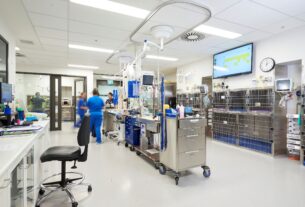Concerning conditions on cattle voyages have been uncovered in research funded by Vets Against Live Export (VALE) and the RSPCA.
Published in international peer-reviewed journal Animals, the paper ‘Animal Welfare Risks in Live Cattle Export from Australia to China by Sea’studies independent observer reports on voyages between July 2018 and December 2019, accounting for the transportation of 147,000 cattle.
The observers were appointed following the fallout from shocking footage taken aboard the Awassi Express in April 2018.
RSPCA Australia Senior Scientific Officer and study co-author, Di Evans, identified 10 key risk factors on the voyages.
“These are hunger, thirst, exposure to extreme temperatures, poor pen conditions, health issues, absence of veterinarians, rough seas, poor ship infrastructure, mechanical breakdown and mismanagement at discharge,” she said.
VALE spokesperson and study co-author, Sue Foster, said these problems were recurrent on many vessels, and the conditions were a long way from meeting guidelines set out by the World Organisation for Animal Health.
Foster said that Australia’s own standards for the export of livestock (ASEL) were also breached on several voyages.
“For example, ASEL food provisions were found to be inadequate with some ships needing to ration food or running out of food altogether,” she said.
“In addition, the ASEL standards for space allocation do not allow cattle to simultaneously lie down and stretch their limbs on these three-week voyages, contrary to the Australian Animal Welfare Standards and Guidelines for Cattle.”
Foster emphasised the significance of the absence of veterinary care on 60 per cent of the voyages.
“Veterinarians play an essential role in ensuring the welfare of imported livestock especially for extended journeys in difficult conditions,” she said.
“Stockpersons are simply not a substitute for veterinarians with respect to disease diagnosis and treatment.
“It is unlikely that it is commercially viable or even possible to adequately address these recurrent and significant animal welfare issues but unless they are fixed, cattle should not be exported to China.”
Evans added that the study exposes issues regarding transparency, with the Federal Government publishing summarised reports from independent observers, omitting “most of the photographs and all of the videos.”
“We have expressed these concerns before and had to use freedom of information requests to get more detail, and what was revealed then was very worrying,” she said.
“Also, from 49 live cattle voyages from Australia to China during the period of the study, only 37 had independent observers on board at all.
“Australians deserve to know exactly what is happening on board live export ships, especially when there are ongoing and preventable animal welfare risks.”
The Department of Agriculture, Water and the Environment told The Veterinarian it takes animal welfare seriously, and that it is conducting its own review (the Bos taurus) into heat and cold stress during long haul cattle exports by sea.
ASEL was recently subject to review by an independent technical advisory committee, and submissions were considered from a variety of stakeholders including animal welfare groups, a Department spokesperson said.
Under the revised ASEL, veterinarians are not required on all voyages, and ASEL specifies when an accredited veterinarian is required to accompany a voyage of livestock.
With regard to the summarised independent observer reports, the Department said the primary use of the reports is as an information source for the regulator.
“Given the community interest in reports, summaries are prepared by the department for publication,” the spokesperson said.
“The summary reports provide the public with an accurate account of what has been observed and reported to the Department, from the loading of each vessel through to discharge at the destination port.
“Where issues or instances of non-compliance are identified in the observers’ reports, procedural fairness processes are undertaken by the department with right of reply provided to relevant parties prior to publication.”
The Department spokesperson said independent observers were not deployed on voyages during the period of the study where the vessel could not accommodate an observer and noted that in October 2019 the policy was revised to “better target the deployment of observers.”
The spokesperson added that it has reviewed the findings of the paper, “which were drawn from the department’s published summary observer and summary notifiable mortality investigation reports for 37 voyages.”
“Some of the Department’s findings are consistent with those reported by VALE … for example, the Department identified instances of insufficient contingency feed provisions for unplanned extensions to voyage times and the occurrence of heat stress,” the spokesperson said.
“The VALE paper focuses primarily on shipboard hazards noted in the observers’ reports, rather than the actual impact of those hazards on animal welfare during the voyage and therefore overstates the severity and frequency of some issues, such as space allocation, unloading and feed.”
SAM WORRAD




